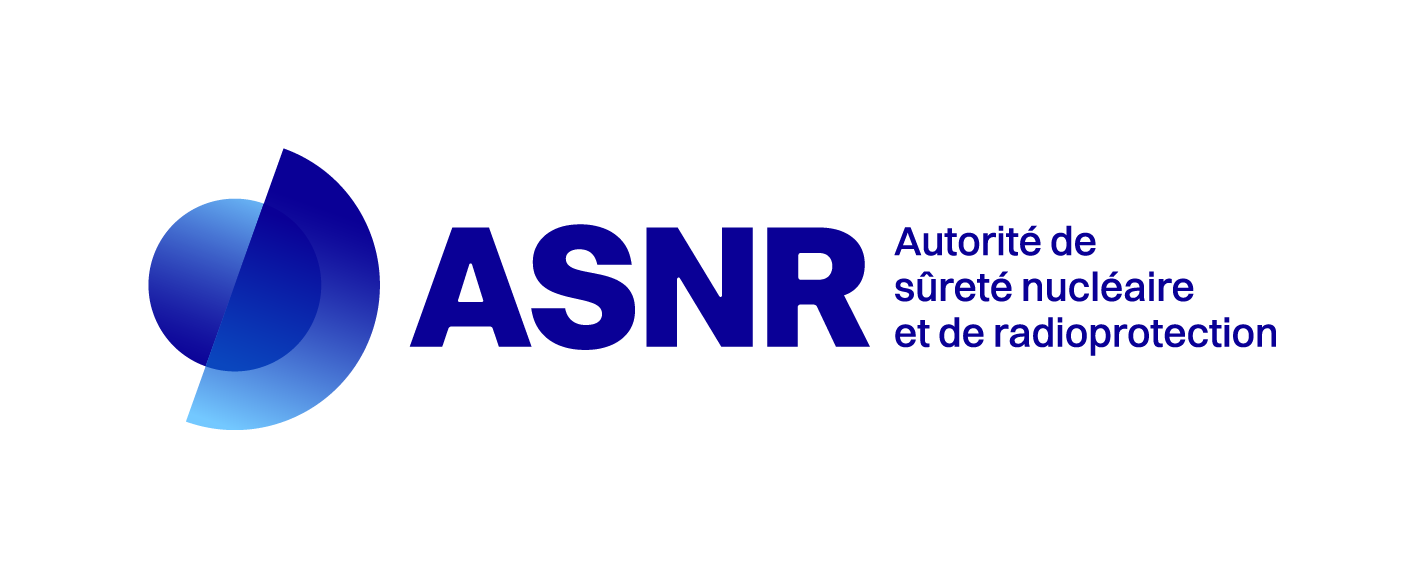An Analysis of a Coarse-Group Subgroup Method Based on the Physical Probability Tables in APOLLO3®
Résumé
The legacy subgroup method of the APOLLO3® code, denoted the SG-GR-383g method in this paper, relies on the fine structure equation solved by the means of the General Resonance model and of the mathematical probability tables (MPTs) that are computed on the fly for the resonant mixture. Because of the use of these MPTs, a fine energy structure of 383 groups has to be employed.
In our recent work, with the intention of decreasing computational time, a subgroup method adapted to coarse-group calculations has been implemented in APOLLO3. It is based on the use of physical probability tables (PPTs), taking into account the mixture treatment, and on the Intermediate Resonance model to derive the subgroup equations, as well as the application of the Superhomogenization correction to ensure the preservation of the reaction rates in a multigroup calculation. This method, denoted SG-IR-69g in this paper, uses a 69-coarse-group energy mesh. This paper presents a comparison of the SG-IR-69g method with the legacy SG-GR-383g method, taking as reference the continuous-energy Monte Carlo TRIPOLI-4® calculations on test cases of 3 × 3 pin cells, with a central cell being either a water hole or a Gd-UO2 pin cell surrounded by UO2 pin cells. Similar accuracy on the multiplication factor was obtained for both the SG-GR -383g and SG-IR-69g methods, although more error compensations were found in the multigroup reaction rates of the latter. Even though the calculation of PPTs is more expensive than that of the mathematical ones, overall the SG-IR-69g method is more time efficient thanks to the decrease in the number of energy groups.



